The number of craft breweries in Pennsylvania has more than tripled within the last decade, and the state ranks first in the country for the most craft beer produced annually, according to the Brewers Association.
In response to the increasing number of local breweries, wineries, distilleries and cider works, the Cumberland Valley Visitors Bureau, located in Carlisle, Pennsylvania, created the Beer Trail program, which currently features 30 local businesses. The Beer Trail is portrayed on a passport that encourages residents and visitors to patronize several breweries, wineries and others to collect stickers from each business.
Aaron Jumper, the social media and travel media manager for the Cumberland Valley Visitors Bureau, explained why the Beer Trail was created.
The number of craft breweries in Pennsylvania has more than tripled within the last decade, and the state ranks first in the country for the most craft beer produced annually, according to the Brewers Association.
“We’ve seen this growth in craft beer and as a staff, we like craft beer and we just saw it growing in a direction where we thought we had a product for visitors to come and to stay for,” Jumper said.
Jumper explained how the Beer Trail is incentivized for customers who, after collecting enough stickers, can redeem their passport for prizes, and aids the Beer Trail businesses by encouraging residents to go grab a drink at one or several trail locations.
Alison Feeney, a geography/earth science professor at Shippensburg University who authored “For the Love of Beer,” explained that the industry has evolved thanks to gradual leniency in government regulations over the past few years. One major catalyst for the rise of craft brewing was the legalization of homebrewing in 1978 by former President Jimmy Carter.
While homebrewing is a great way to experiment with flavors and inspire new craft beers, Feeney explained that it’s important to educate oneself to prevent a creative idea from turning into a distasteful result.
“There’s a fine line between what should be a style beer and the creative aspect of things,” Feeney said. “I think that’s where a good brewer stands out from somebody who’s just experimenting.”
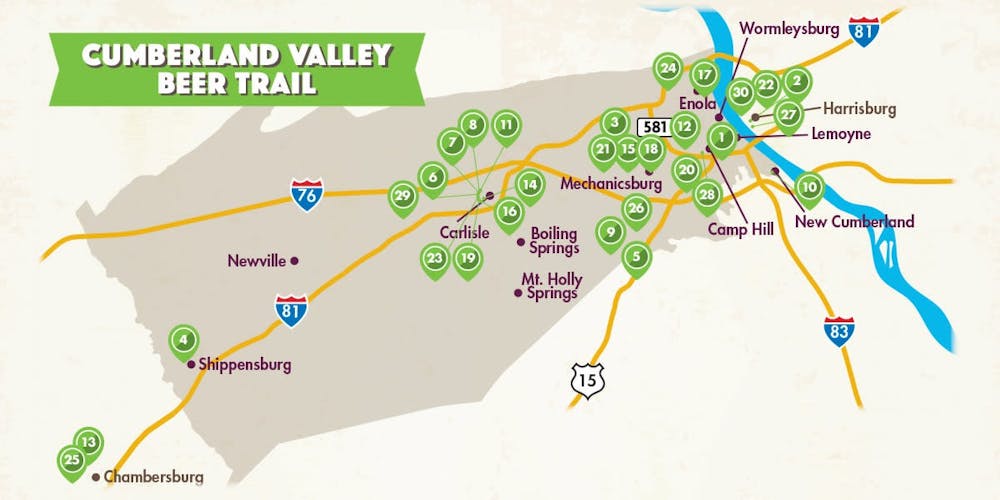
Feeney described how certain beers should follow previously set guidelines in order to maintain a high quality and accurate flavor. For example, a brewer should know characteristics like color, alcohol percentage and more details when brewing specific beers, such as porters.
In addressing the rising number of craft breweries, Feeney remarked that most craft breweries are successful, however, there are several challenges that nano-breweries can face. While many owners of craft breweries are well-educated, they may lack a skill set like marketing, social media or any other aspects of running a business. A great way for breweries to resolve this is to open their businesses with a team of fellow owners with various skill sets. Feeney explained how a great example of this strategy is found at GearHouse Brewing Co. which is owned by three couples, varying in professional experience.
Chris Morris, the general manager at GearHouse Brewing Co., described how the Beer Trail adds to the Chambersburg brewery’s potential customer base.
“I’m actually bewildered how often we get people traveling from Harrisburg and Carlisle,” Morris said. “There’s definitely an increase in foot traffic.”
Thanks to a recent grant approval of $35,000 from the Pennsylvania Liquor Control Board given to the Cumberland Area Economic Development Corp., the Beer Trail will most likely see new visitors.
According to The (Carlisle) Sentinel newspaper, the Beer Trail will be advertised in the Philadelphia and Washington, D.C., areas in the form of transit vehicles.
For more information on nearby craft breweries and statistics on economic impact, visit https://www.brewersassociation.org/.

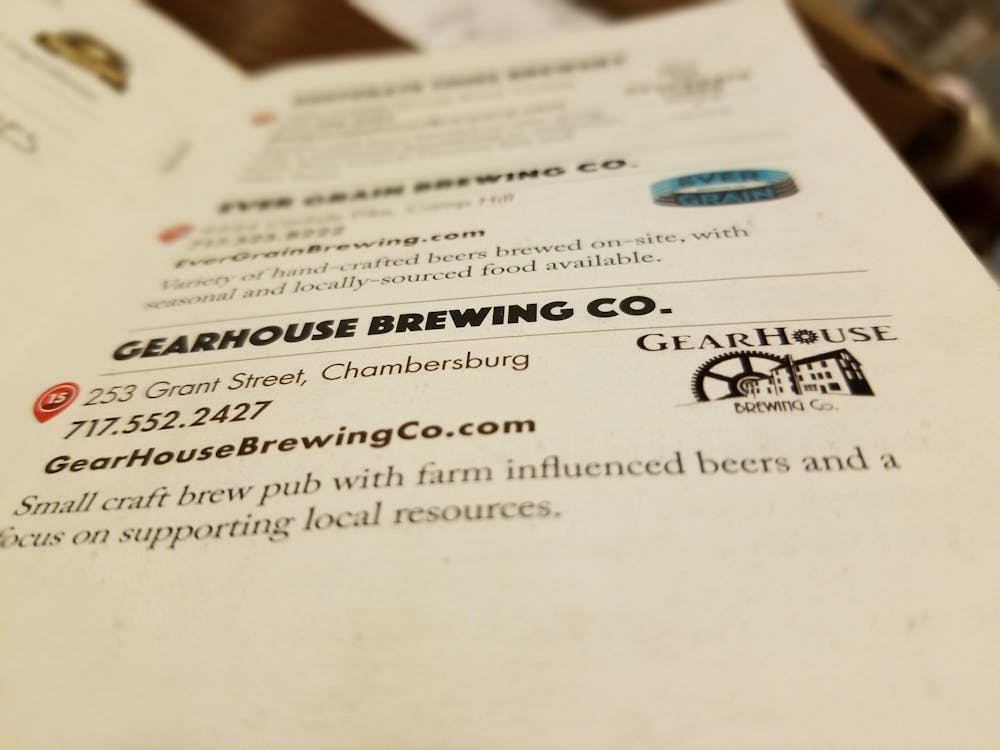

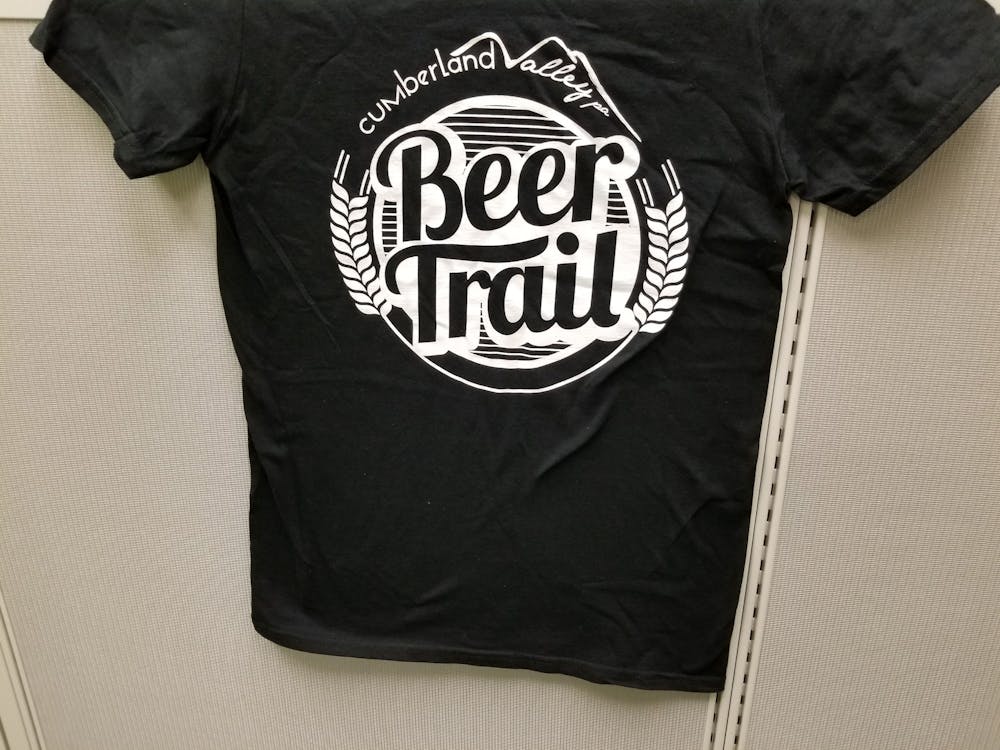
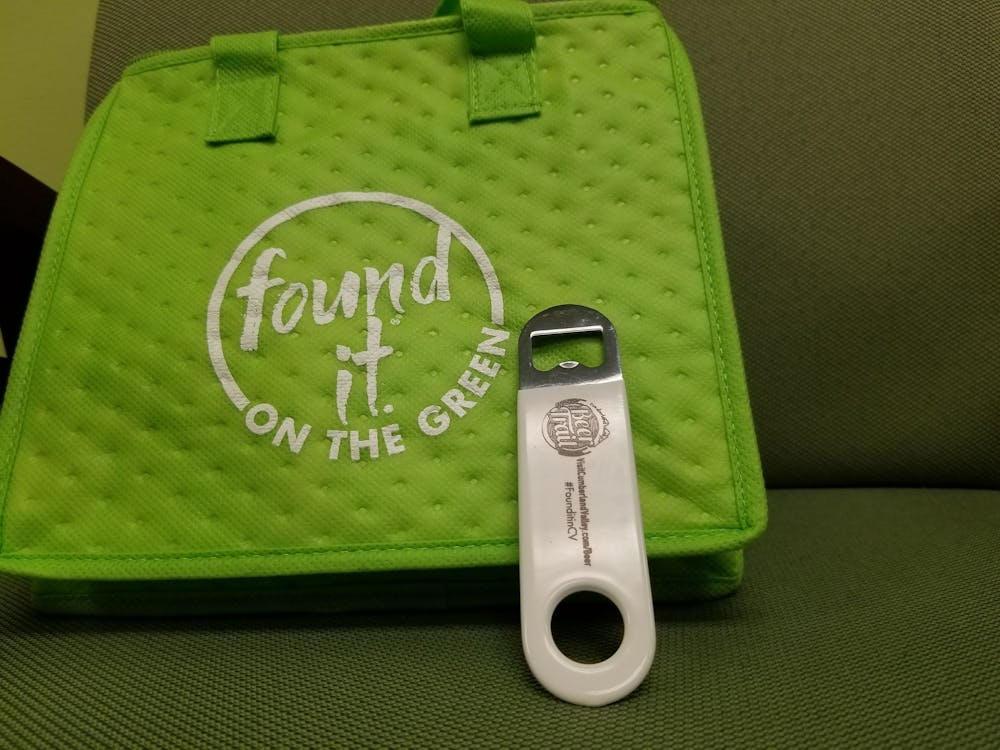
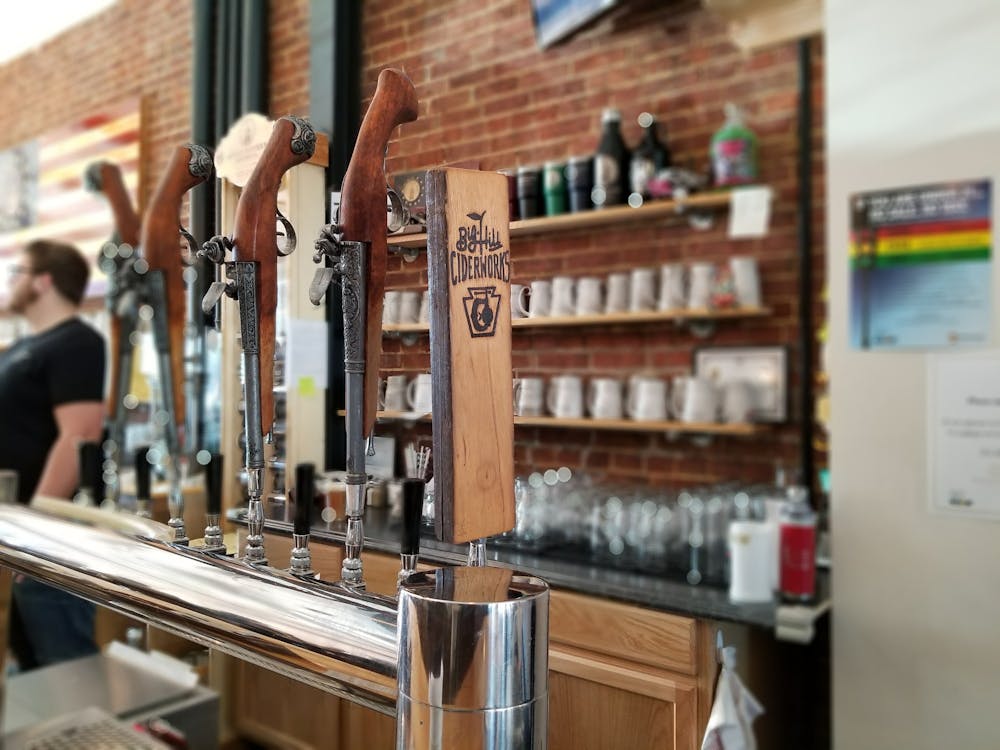
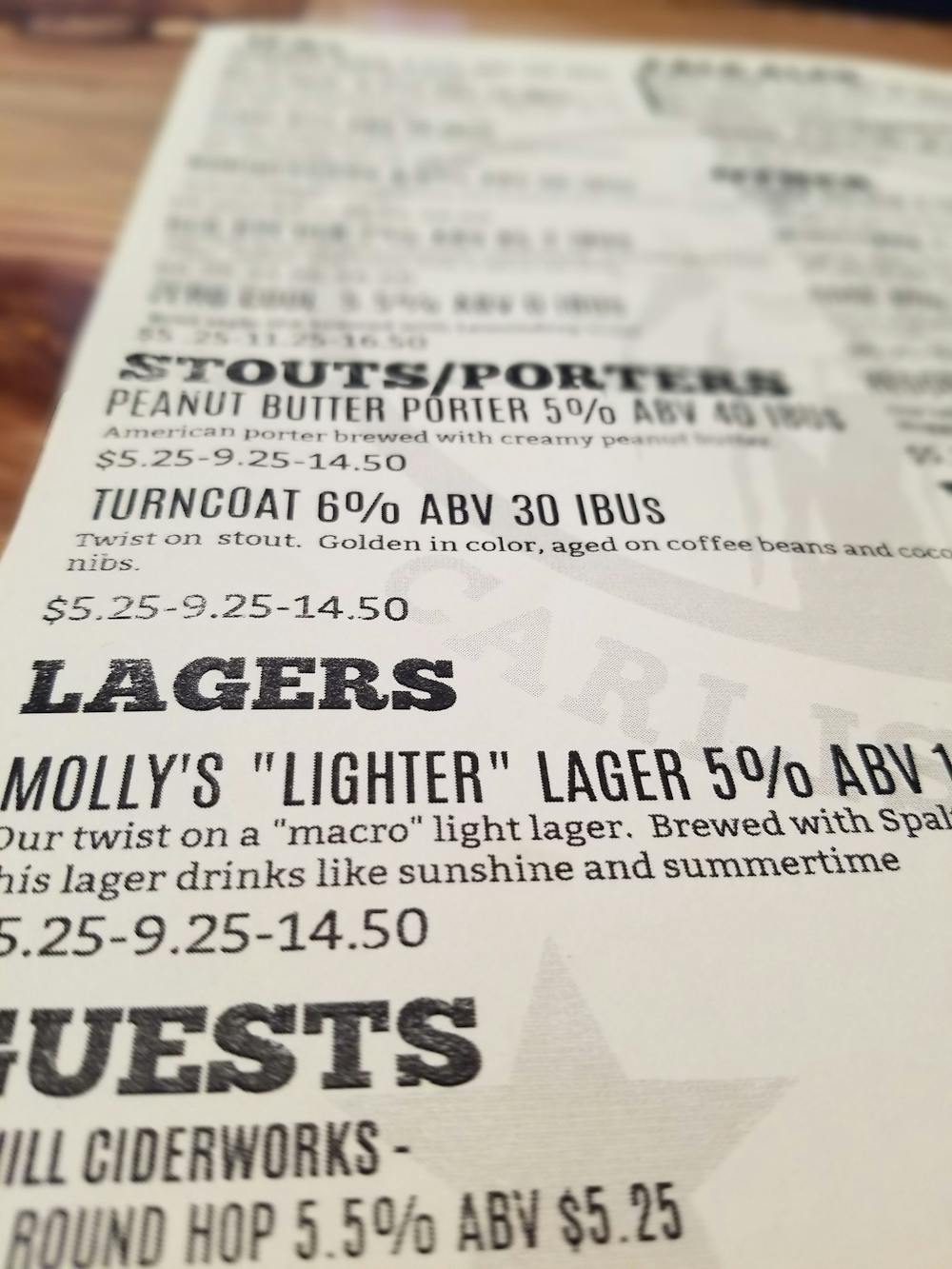


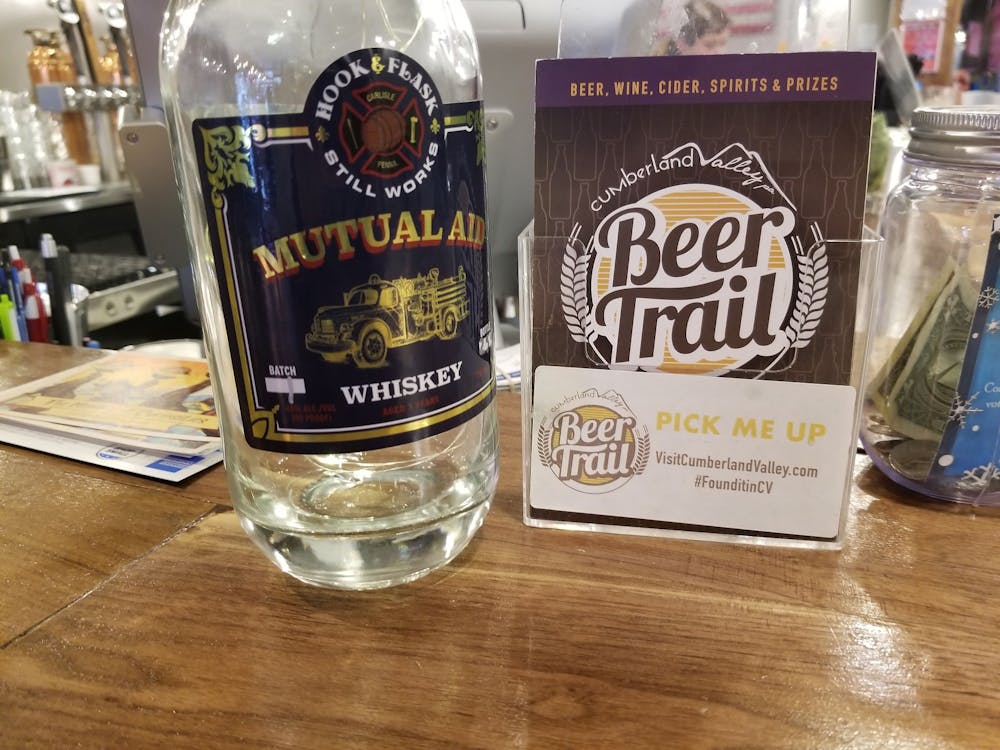
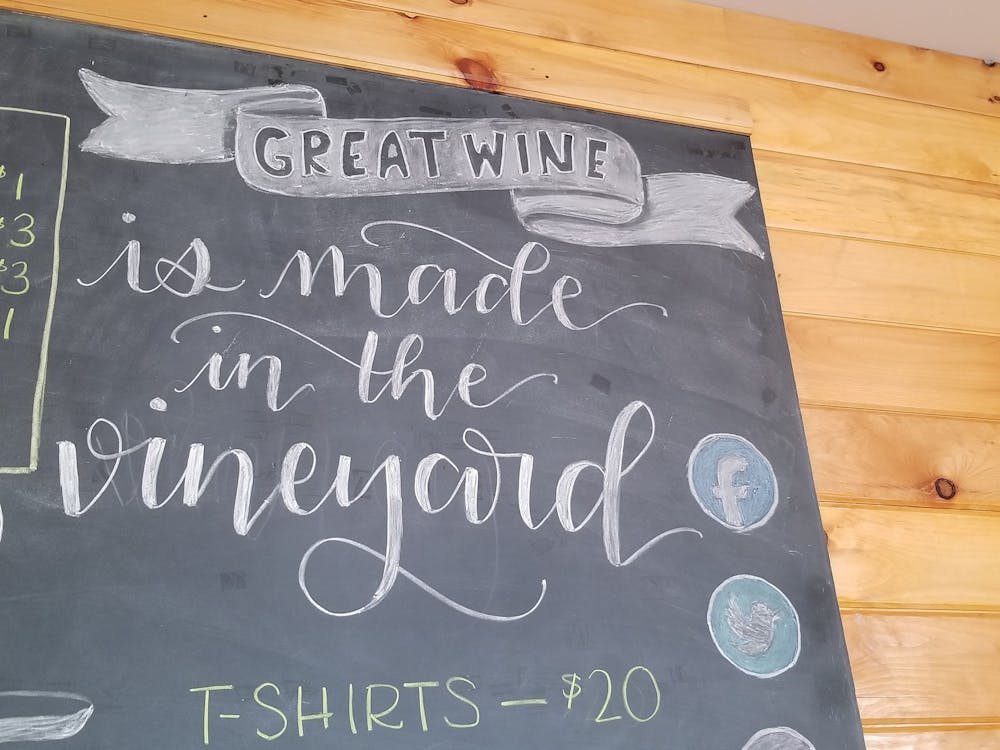
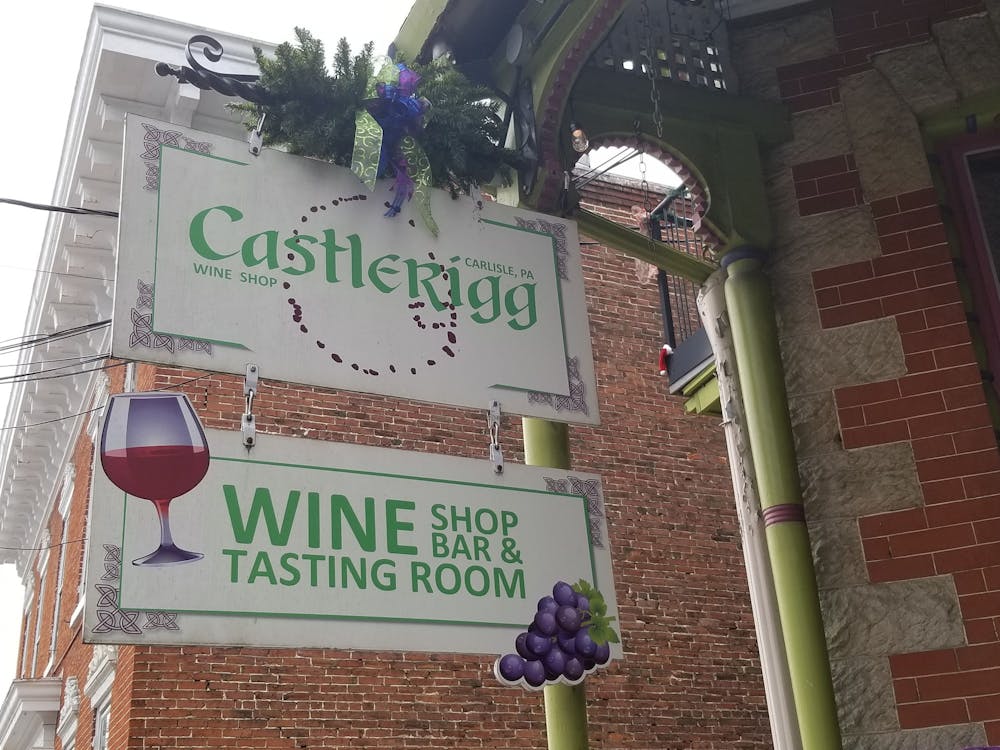

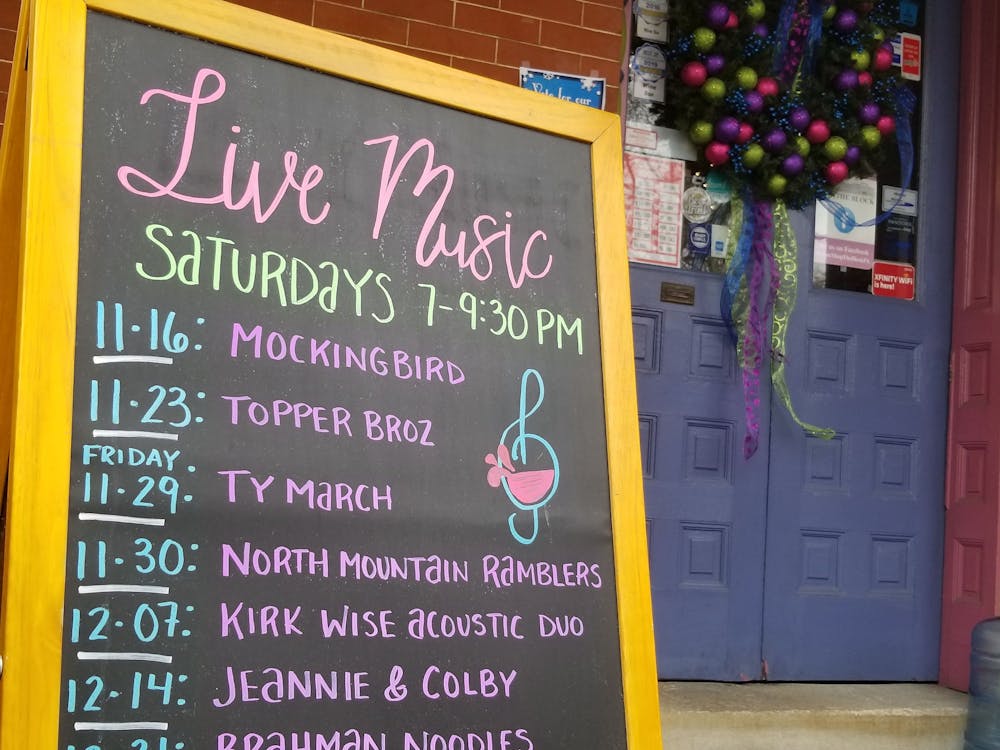
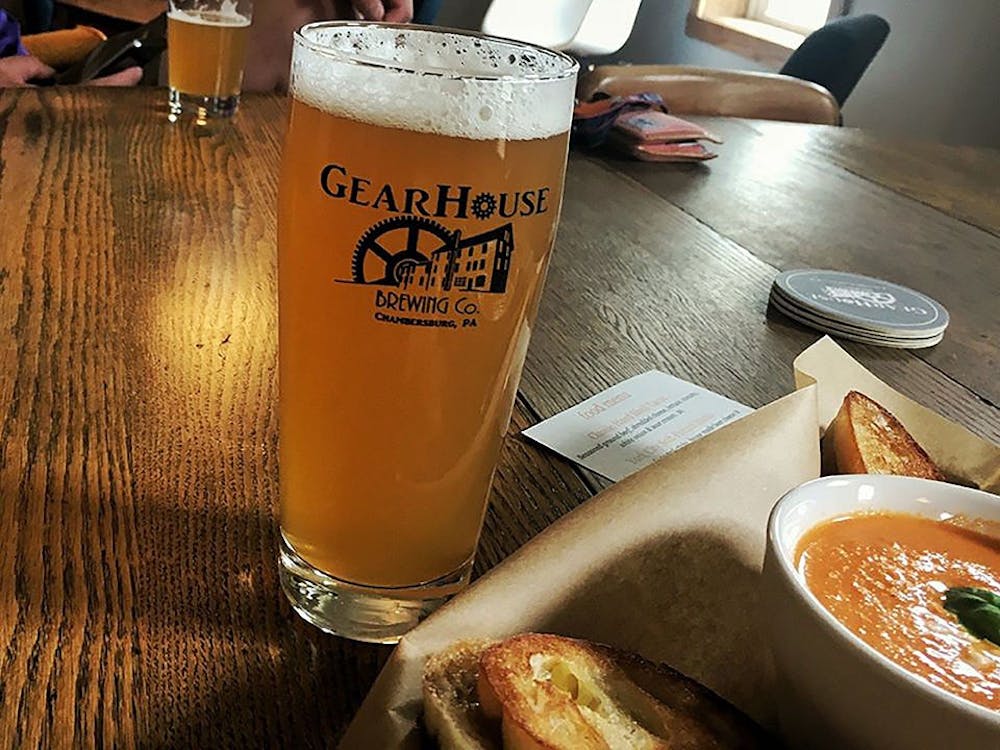
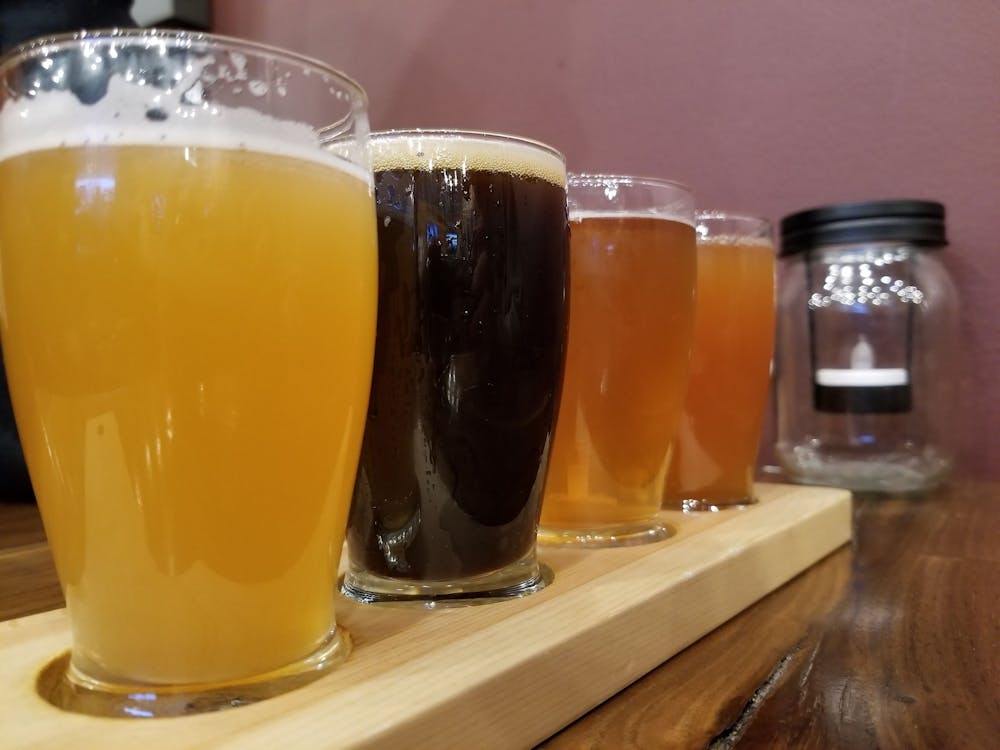



The Slate welcomes thoughtful discussion on all of our stories, but please keep comments civil and on-topic. Read our full guidelines here.